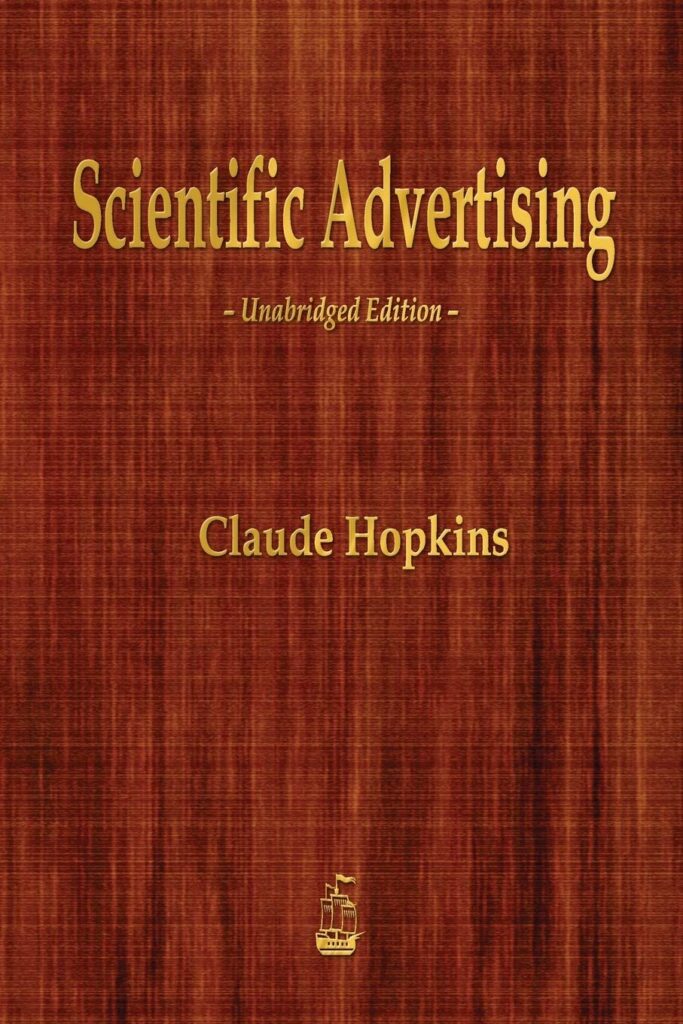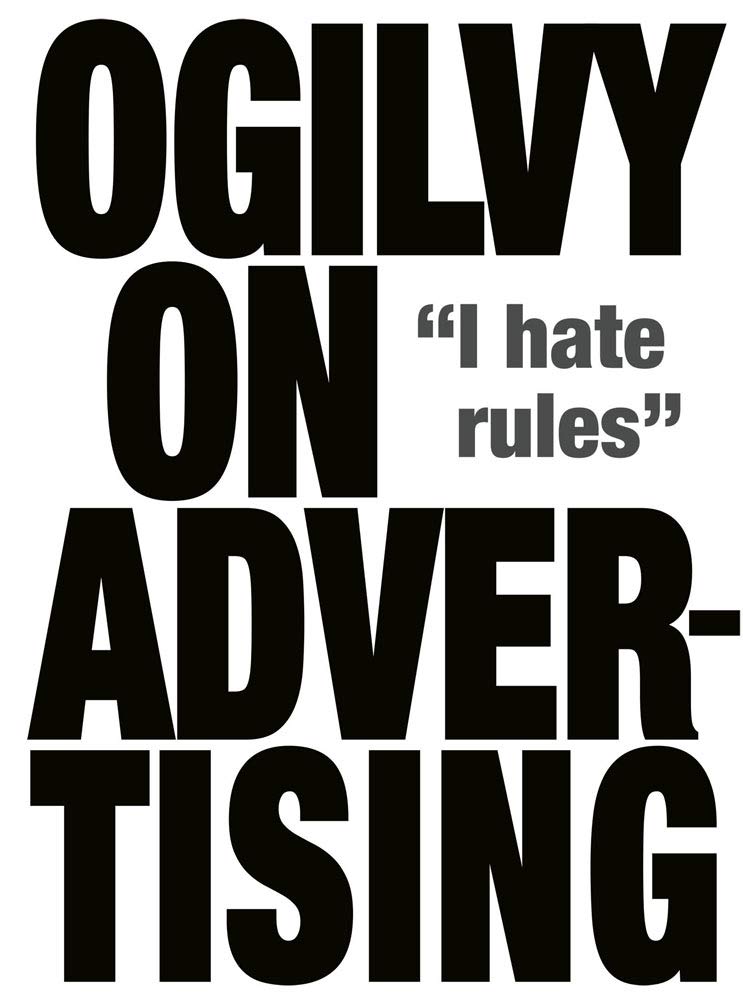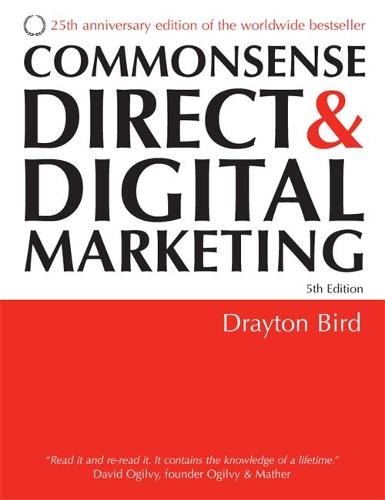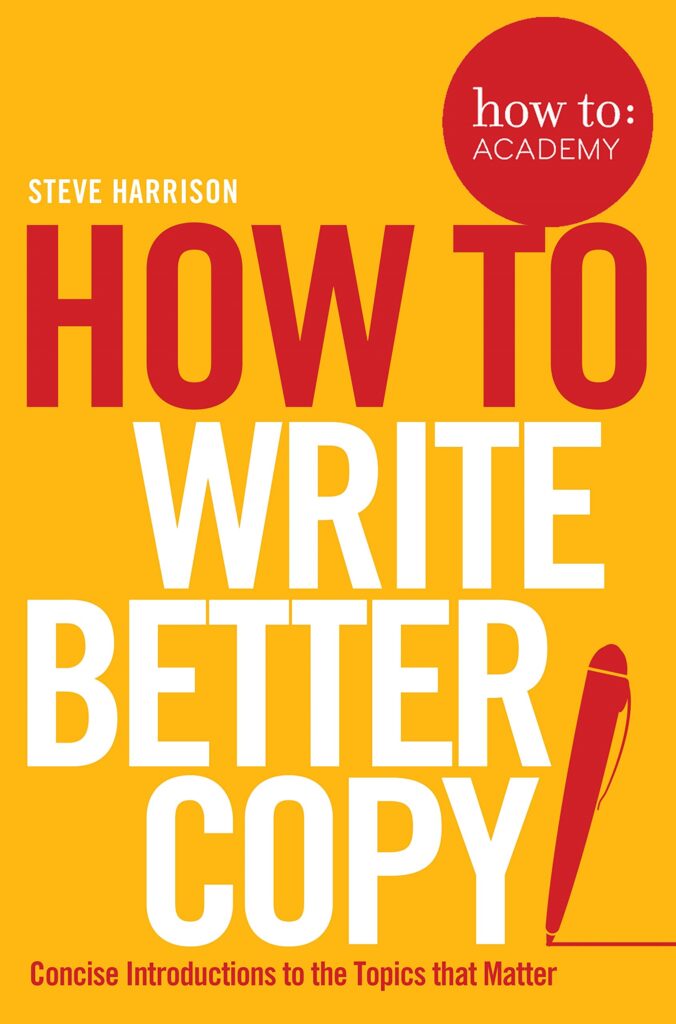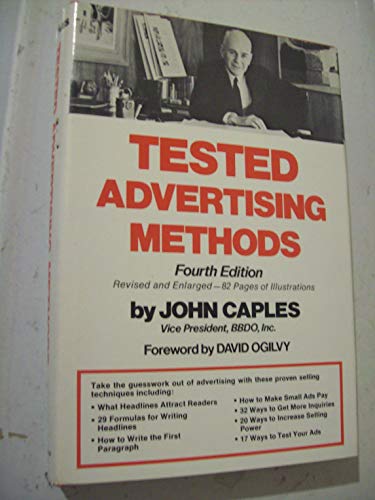Advertising books aren’t always appropriate for small businesses. The reason?
They don’t teach readers how to create advertising that boosts sales immediately. Instead, they teach readers how to create advertising that boosts sales over time.
That’s fine for big businesses. After all, big businesses have big marketing budgets. They can afford to advertise heavily, then wait patiently for sales to increase years down the line.
But small businesses?
If small businesses tried to follow suit, they’d run out of cash, shrivel up and die. Small businesses therefore need a different type of advertising –
Small businesses need advertising that leads to immediate sales.
It’s known as direct response advertising, and you’ll find five good books on subject below. By reading them, you’ll improve your chances of creating profitable ads. And if you want to improve your chances even further?
Consider hiring a copywriter. Writing ads is what we do for a living. (And we’ve read a great deal more on the subject than the below.)
1. Scientific Advertising by Claude Hopkins
Claude Hopkins believed advertising existed exclusively to make sales, and he judged the success of the ads he wrote by the sales each of his ads brought in.
Hopkins was a huge believer in running advertising tests. He’d write an ad and run it in media that covered a small geographical area. Should the ad prove profitable, he’d step on the gas and run the ad as widely as he could.
While doing so, he’d run A/B tests to try to improve the response of his ads – always tracking the results.
In Scientific Advertising, Hopkins reveals the results of his tests – which show small businesses how to create advertising that pays for itself. It’s one of the best advertising books ever written.
At the time of writing, you can get the book free by signing up to Drayton Bird’s mailing list.
2. Ogilvy on Advertising by David Ogilvy
David Ogilvy was a huge proponent of proven advertising techniques. He was also a huge fan of Claude Hopkins.
When he started his famous agency in 1948, Ogilvy used the techniques and ideologies Claude Hopkins pioneered to create direct response advertising that paid for itself – but Ogilvy took the techniques up a notch.
As opposed to solely creating direct response advertising, Ogilvy used advertising techniques proven to work in what Ogilvy called ‘general advertising’. That meant Ogilvy’s brand ads advertising things like Rolls Royce cars used proven techniques to get people’s attention, hold people’s attention, create desire and develop credibility.
Ogilvy on Advertising is widely considered one of the best advertising books ever, and in it Ogilvy reveals his secrets – guiding readers through what works in advertising and what doesn’t, channel by channel.
(It’s worth getting the print version of the book; the full colour demonstrations are easier to follow in print.)
3. Commonsense Direct & Digital Marketing by Drayton Bird
Ogilvy was a disciple of Hopkins. Meanwhile, Drayton Bird was a disciple of Ogilvy (and, in fact, Hopkins too).
Drayton Bird’s advertising book differs from that of Ogilvy’s in that Bird focuses on direct marketing, which Bird suggests is a sub-branch of advertising that ‘creates and exploits a direct relationship between you and your prospect or customer as an individual’.
Direct mail was one early manifestation. Now, of course, email marketing is the most obvious direct marketing example.
Just like advertising books (1) and (2) above, this book reveals what Drayton Bird has learnt through a lifetime of testing ads. It’s a weighty volume, and not as accessible as Claude Hopkins’ book, but it does cover digital marketing – which will no doubt be of interest to small businesses.
4. How To Write Better Copy by Steve Harrison
Once he’d earned his doctorate, Steve Harrison was a little lost in life. Unsure of what he really wanted to do, he accepted an entry-level working in the library at Ogilvy & Mather’s London HQ. Late one night, the Creative Head of Ogivly & Mather Direct popped into the library, and the two got chatting.
The Creative Head asked Steve what it was he was doing in the library, and what he wanted to do in life, and Steve stammered something about an ambition to write copy.
‘Well, what’s stopping you?’ replied the Creative Head. ‘Go and get a brief and see what you can do.’
Steve was lucky, for the Creative Head in question was Drayton Bird, and under Bird’s direction Steve flourished as copywriter.
He climbed the ranks at Ogilvy and Mather, then eventually launched his own agency, where he became the most awarded direct marketing creative ever – a title he still holds today.
Of course, Steve Harrison is a Drayton Bird descendant, and thus his heroes include those detailed above (plus the out-there American writer Howard Gossage). Still, in How to Write Better Copy, Steve introduces a concept largely unheard of in books 1-3: relevant abruption.
Relevant abruption is how you get bored, disinterested, indifferent prospects’ attention. It’s the fun part of advertising; the part that leads to ads like the below.
Perhaps because it’s heavily focused on copy, this book rarely features in lists of the best advertising books in existence. That’s an oversight.
In this book, Steve reveals how you can develop effective ads – and by that he means ads that sell.
5. Tested Advertising Methods by John Caples
The final advertising book I’d recommend small businesses read is Tested Advertising Methods by John Caples.
The fact the original book now costs hundreds shows how much value you can expect from its pages.
(A newer, cheaper, revised version exists – but remains eschewed in advertising circles for offering wayward advice.)
Like all the authors and copywriters mentioned above, Caples believed in testing. What makes this ad so useful, however, is its bitesize, step-by-step nature. Each chapter covers a single aspect of an ad, such as how to write an effective headline, or how to add enthusiasm to your copy, and each chapter comes with useful examples.
Chapter five, which offers formulas for writing headlines, is priceless. Those about to invest in advertising should first invest in this book.
